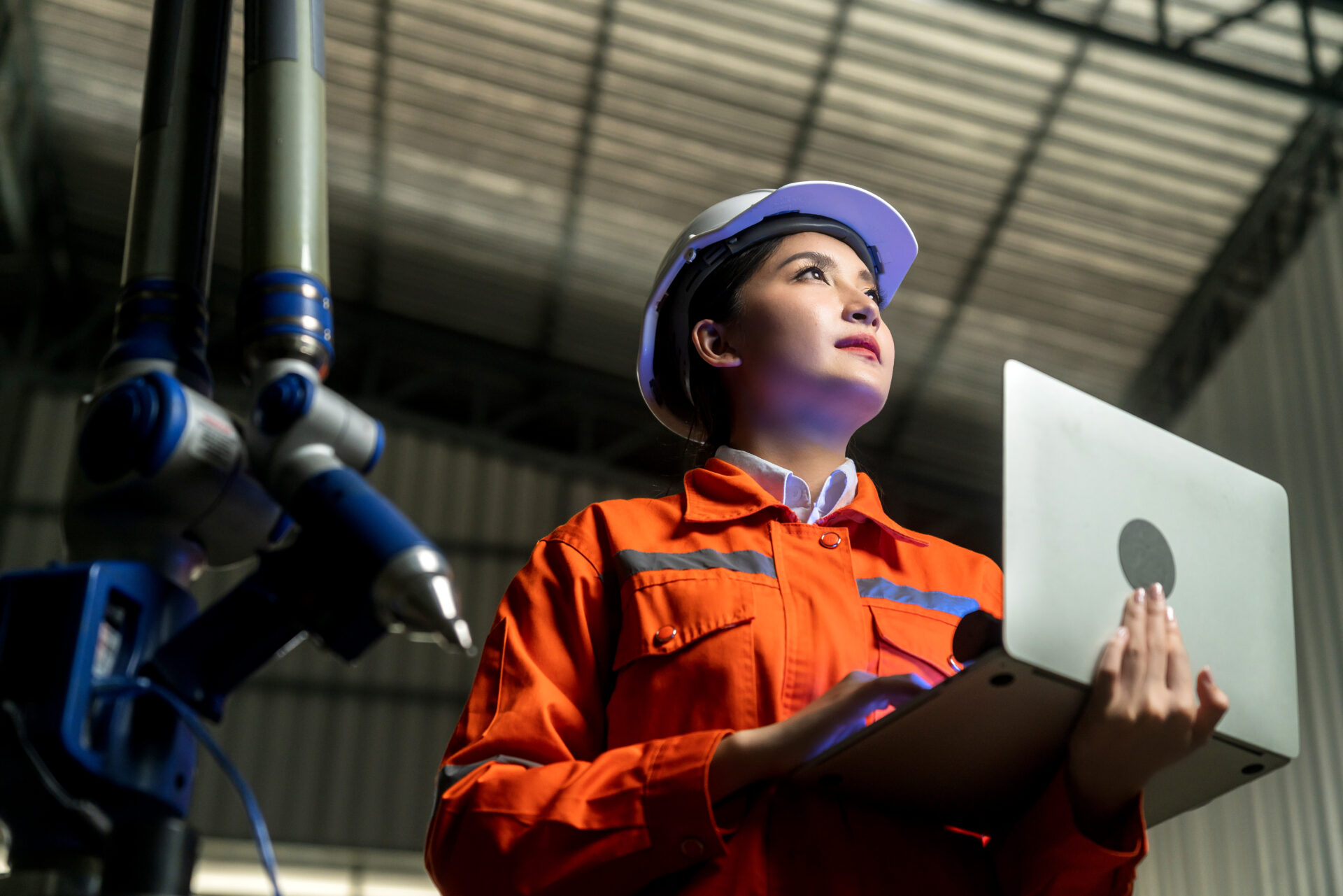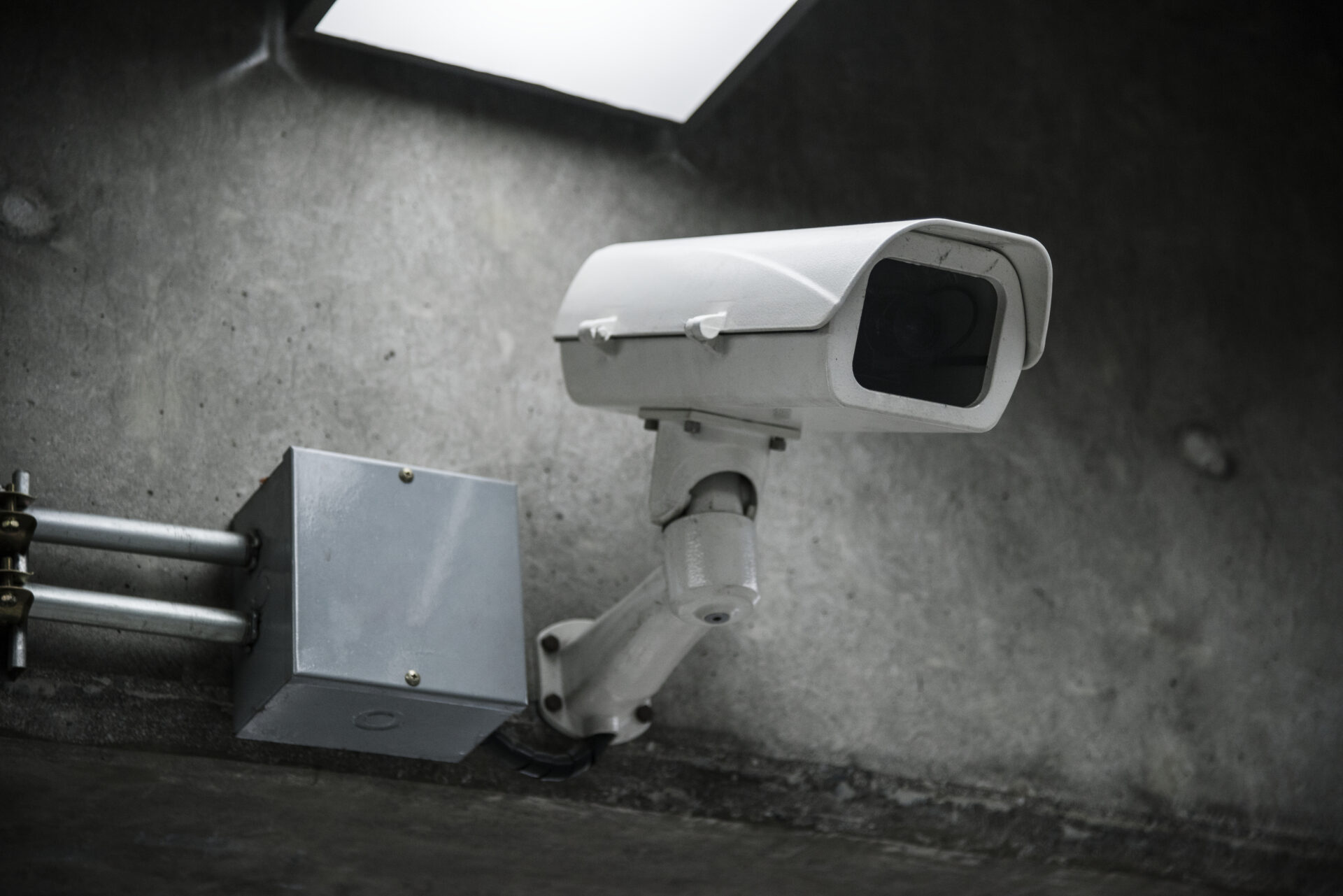The chemical industry in Singapore is crucial to the country’s economy. Still, it also presents significant safety challenges due to the hazardous nature of its operations.
Innovative solutions like video analytics are emerging as game-changers in enhancing workplace safety as technology advances. This article will explore how video analytics can revolutionize safety practices in Singapore’s chemical industry, ensuring a safer and more productive work environment.
Understanding the Importance of Workplace Safety in the Chemical Industry
In the chemical industry, workplace safety is critical due to the inherent risks associated with the materials and processes involved. The production and handling of volatile substances, intricate machinery, and complex manufacturing processes require the utmost caution and vigilance.
Safety measures play a pivotal role in protecting employees’ well-being and safeguarding the industry’s integrity.
Creating a strong safety culture within the chemical industry involves comprehensive training programs, strict adherence to safety protocols, and continuous improvement initiatives.
Companies can minimize accidents, reduce downtime, and preserve their reputation by prioritizing workplace safety. Safety awareness campaigns, regular safety inspections, and proactive hazard identification are essential to ensuring a safe working environment for all employees.
Video Analytics: A Revolutionary Approach to Safety
Video analytics, driven by artificial intelligence (AI), has emerged as a game-changing technology that can revolutionize industry safety practices. By leveraging advanced algorithms, machine learning, and computer vision, video analytics systems can process large volumes of video footage in real time. This capability enables the detection and analysis of potential risks, anomalies, and safety breaches.
Video analytics in workplace safety within the chemical industry brings numerous benefits. It allows for continuous monitoring of critical areas, ensuring that safety protocols are followed and identifying deviations or unsafe practices.
For example, video analytics can detect employees not wearing appropriate personal protective equipment (PPE), unauthorized access to restricted areas, or abnormal behaviors that may indicate potential safety hazards. Video analytics empowers proactive intervention by providing real-time alerts to safety personnel, enabling immediate corrective action to prevent accidents.
Optimizing Manufacturing Processes with Video Analytics
Video analytics can optimize manufacturing processes within the chemical industry, leading to improved workplace safety outcomes. By continuously monitoring critical areas, video analytics systems can detect and alert potential safety breaches, equipment malfunctions, or hazardous material leaks.
Real-time alerts enable quick response times and prevent accidents from escalating.
Moreover, video analytics can contribute to optimizing safety protocols and procedures. Safety managers can identify patterns, trends, and recurring safety issues by analyzing the video data.
This data-driven approach enables informed decision-making and targeted safety interventions. For instance, if video analytics consistently detects safety violations in a specific area or during a manufacturing process, safety managers can focus on enhancing training and implementing additional safety measures for that particular task.
By leveraging video analytics, companies can proactively identify and mitigate safety risks, enhancing operational efficiency and productivity. The optimization of manufacturing processes through video analytics not only improves workplace safety but also reduces downtime, minimizes material waste, and ensures compliance with safety regulations.

AI in the Oil and Gas Industry: Lessons for the Chemical Industry
The oil and gas industry has been at the forefront of adopting AI-powered solutions, including video analytics, to improve safety outcomes. The chemical industry in Singapore can draw valuable insights from the successful implementation of AI in oil and gas industry.
In the oil and gas industry, video analytics systems have been instrumental in identifying safety hazards, monitoring critical infrastructure, and preventing accidents. By applying similar video analytics systems, chemical plants can proactively identify safety risks, reduce human error, and ensure compliance with safety protocols.
The experiences of the oil and gas industry serve as a valuable reference for the chemical industry to expedite the adoption of video analytics and enhance workplace safety.
Leveraging Data Insights for Safety Optimization
Video analytics not only captures and analyzes video footage but also generates valuable data insights that can be utilized to optimize workplace safety in manufacturing and the chemical industry.
By analyzing the data, safety managers can identify patterns, trends, and recurring safety issues, empowering them to make informed decisions and implement preventive measures.
For example, by analyzing real-time video data, safety managers can identify high-risk areas where accidents frequently occur.
They can then implement targeted safety interventions, such as additional training programs or enhanced safety protocols, to mitigate the risks in those areas. Furthermore, video analytics can reveal equipment failure patterns, allowing companies to prioritize maintenance efforts and reduce the likelihood of accidents caused by malfunctioning machinery.
Data insights from video analytics can also be used to assess the effectiveness of safety measures and protocols. Safety managers can track safety compliance rates, identify areas of non-compliance, and take proactive steps to address them. They can analyze near-miss incidents captured by video analytics to identify potential hazards and implement measures to prevent similar incidents from occurring in the future.
The availability of data-driven insights also enables safety managers to conduct comprehensive safety audits and assessments. They can identify areas of improvement, set safety performance benchmarks, and track progress over time. This data-driven approach promotes a continuous improvement mindset and helps establish a safety culture within the chemical industry.

Real-Time Monitoring and Incident Response
Real-time monitoring and swift incident response are crucial in hazardous environments for preventing accidents and minimizing their impact. Video analytics systems enable real-time monitoring of manufacturing processes, allowing safety personnel to remotely observe operations and detect any abnormal activities or deviations from safety protocols.
When video analytics systems identify potential safety hazards or breaches, they generate immediate alerts, enabling safety personnel to take prompt action. This proactive approach ensures that safety incidents are addressed promptly, reducing the severity of accidents and minimizing their consequences. Real-time monitoring and incident response facilitated by video analytics contribute to a safer work environment and provide employees with greater peace of mind.
Training and Education Reinforcement
Video analytics systems can serve as valuable tools for training and reinforcing safety practices within the chemical industry. By capturing and analyzing real-life scenarios, these systems generate insightful data that can be incorporated into safety training programs.
Video footage can illustrate safety procedures, highlight potential hazards, and showcase best practices. By utilizing actual incidents and near-misses captured by video analytics, employees can learn from real-world examples and better understand the importance of adhering to safety protocols.
Video analytics can also be utilized to assess the effectiveness of training programs by tracking changes in employee behavior and identifying areas where further training may be necessary.
The Future of Safety in the Chemical Industry
represents a significant step towards a safer future. The ongoing advancements in AI and video analytics technologies hold tremendous potential for further enhancing workplace safety.
With continued research and development, video analytics systems will become even more sophisticated, offering advanced features such as predictive analytics and real-time risk assessment.
This will enable the proactive identification of potential safety hazards and the implementation of preventive measures, further reducing the likelihood of accidents.
Additionally, integrating video analytics with other emerging technologies, such as Internet of Things (IoT) devices and wearable sensors, can provide a comprehensive safety ecosystem. Real-time data from various sources can be analyzed collectively, allowing for a holistic approach to workplace safety.

Conclusion
By embracing video analytics and staying at the forefront of technological advancements, Singapore’s chemical industry can maintain its position as a leader in safety excellence.
By prioritizing workplace safety, optimizing manufacturing processes, and leveraging data-driven insights, the industry can create a safer and more productive environment for its employees while ensuring the continued growth and success of the sector.



